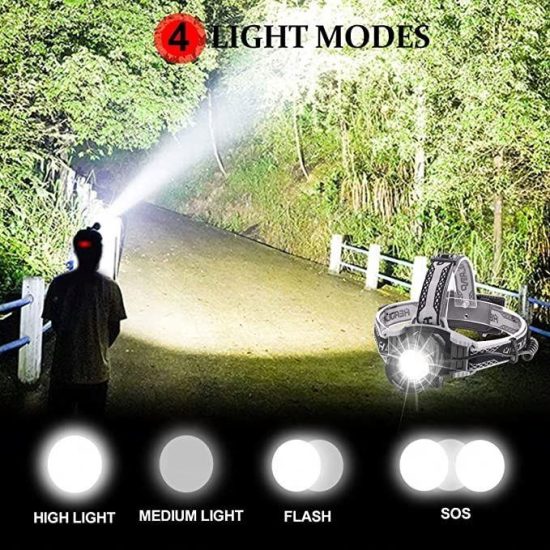The “flashlight revolution” refers to the significant advancements in flashlight technology that have made these portable light sources more powerful, versatile, and accessible than ever before. Here are some key aspects of this revolution:
Evolution of technology:
Led innovation: Light emitting diode (led) technology has been a game-changer in flashlights. Leds are energy-efficient, durable, and produce powerful light in a compact size.
Brightness and lumens: Flashlights now offer higher lumens (unit of light output), providing incredibly bright illumination compared to older incandescent models.
Battery efficiency: Advances in battery technology, including rechargeable lithium-ion batteries, have greatly improved runtime and reduced the need for frequent battery changes.
Portability and design:
Compactness: Flashlights have become smaller, allowing them to be easily carried in pockets, bags, or attached to keychains.
Durability: Many modern flashlights are built to withstand rough conditions, being shockproof, waterproof, and resistant to impacts.
Versatility: Some models offer adjustable focus, various lighting modes (high, low, strobe), and innovative features for specific needs like camping, hiking, or tactical use.
Diverse applications:
Everyday carry (edc): People now incorporate flashlights into their everyday carry gear due to their compact size and reliability in various situations.
Outdoor activities: Whether camping, hiking, or fishing, flashlights have become an essential tool for outdoor enthusiasts.
Emergency preparedness: The reliability and brightness of modern flashlights make them a crucial item in emergency kits for power outages, natural disasters, or roadside emergencies.
Integration with other technologies:
Smart features: Some flashlights include smart features like adjustable brightness through apps, rechargeable capabilities, or usb charging.
Compatibility: Flashlights are often compatible with various accessories, such as mounts, diffusers, or filters, enhancing their functionality.
Hybrid designs: Flashlights that combine multiple functions (e.G., flashlight and power bank) have become more common, offering greater convenience.
Environmental impact:
Energy efficiency: Led flashlights are more energy-efficient, consuming less power and having a longer lifespan, reducing waste.
Reduced chemicals: Compared to traditional incandescent bulbs, led flashlights contain fewer hazardous materials, making them more environmentally friendly.
The flashlight revolution has brought about a significant shift in how we perceive and use these devices, transforming them from simple light sources to versatile, durable, and powerful tools that are essential in various aspects of our daily lives.


